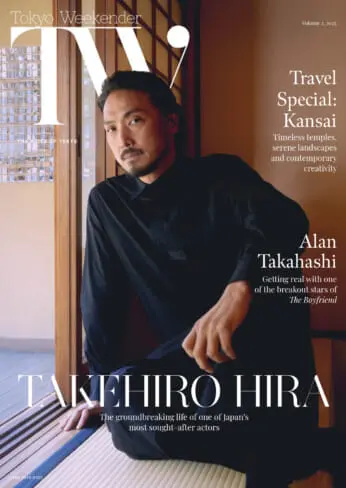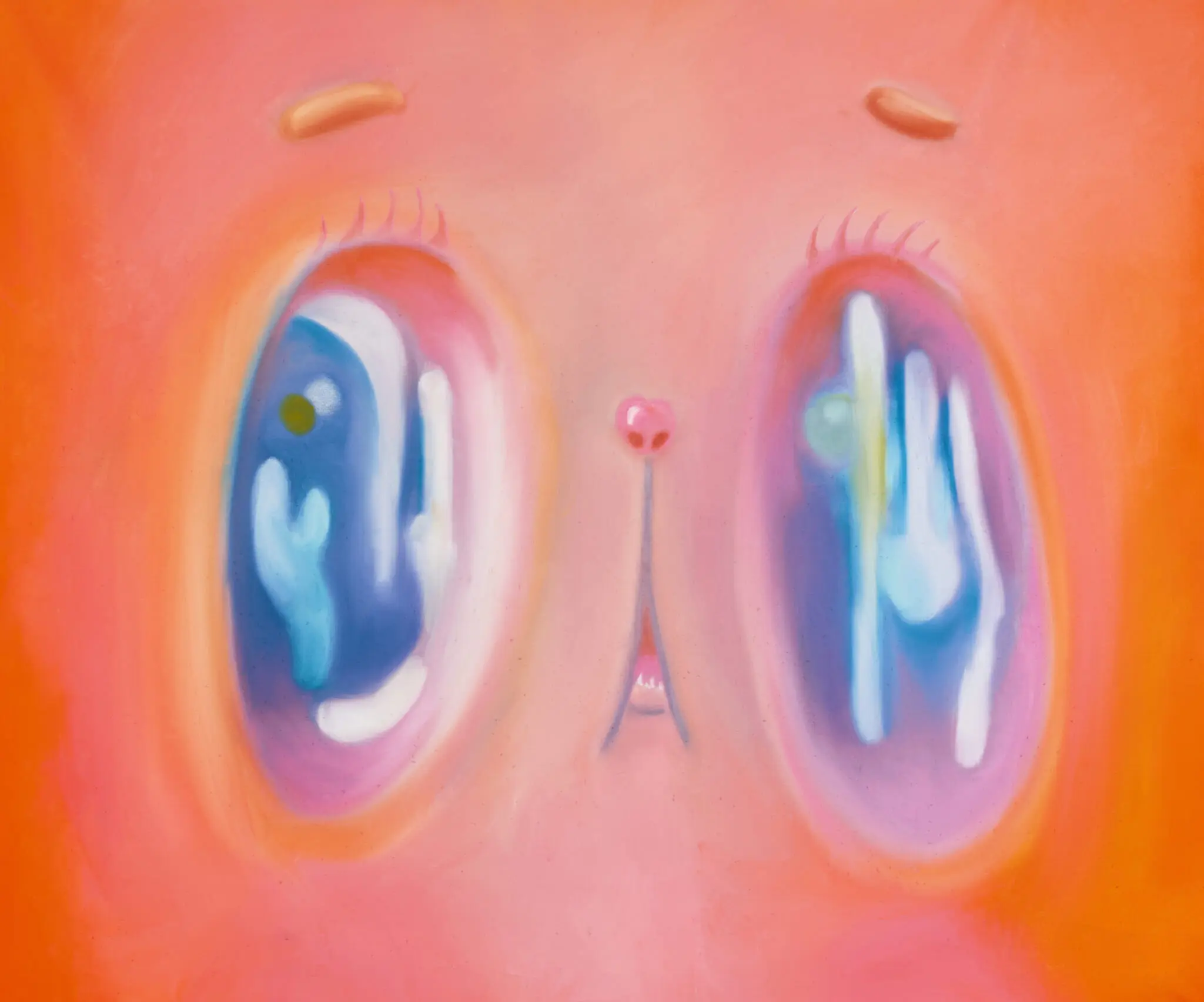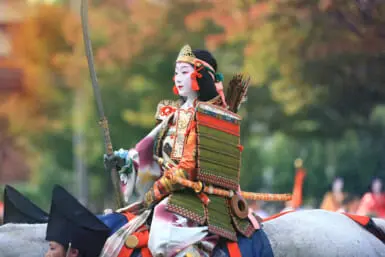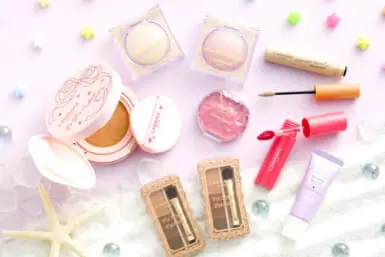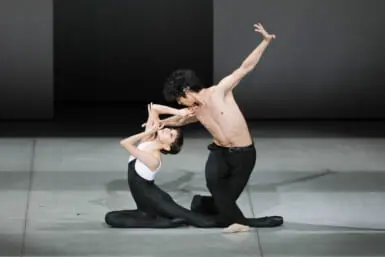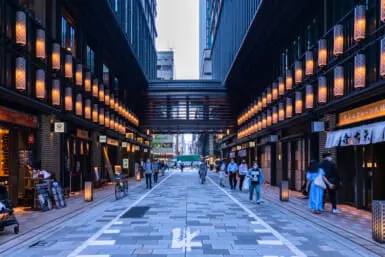The artist duo FriendsWithYou have a deceptively simple mission: to make viewers happy. Their artwork ranges in size and medium — from giant fiberglass slides to small paintings — but is unified by a high-pop aesthetic and bright, cartoon-y creations. Common motifs include clouds, smiley faces and bubble-gum pink, fluffy characters.
Looking at their output, one might be surprised to hear that the duo, Samuel Borkson and Arturo Sandoval III, are self-described “Florida Men.” The internet phrase “Florida Man” is usually linked to maniacal or unhinged behavior. In fact, they met in Florida, where Borkson grew up. It’s Borkson’s tough upbringing in a single-parent household that he attributes as part of the reason why the duo’s bubble-gum, happy output is as sparkly and uplifting as it is. When talking to them, it’s clear that they aren’t so serious about their serious.
FriendsWithYou have long been inspired by Japanese art and imagery. Sam tells me they’ve exhibited in the country several times before, including once earlier this year. Their second exhibition in Japan this year, “Ocean: Temple of the Sacred Heart,” is currently on view at Parco Museum. As part of the exhibition, they’ve created a fictional book of mythology, called the Book of Ocean, which turns the Earth into an “ocean,” taking humans back to where they came from: returning to the sea. This mythical world is populated by deity-like “kawaii beings,” with roles ranging from saints and martyrs to angels, battling the monstrous “Mickey algorithm” that feeds off data usage.
FriendsWithYou, who are currently based in the US, joined Tokyo Weekender via video call for an exclusive chat about the exhibition. They also spoke about Shintoism, nature and manga.
Full FriendsWithYou Interview
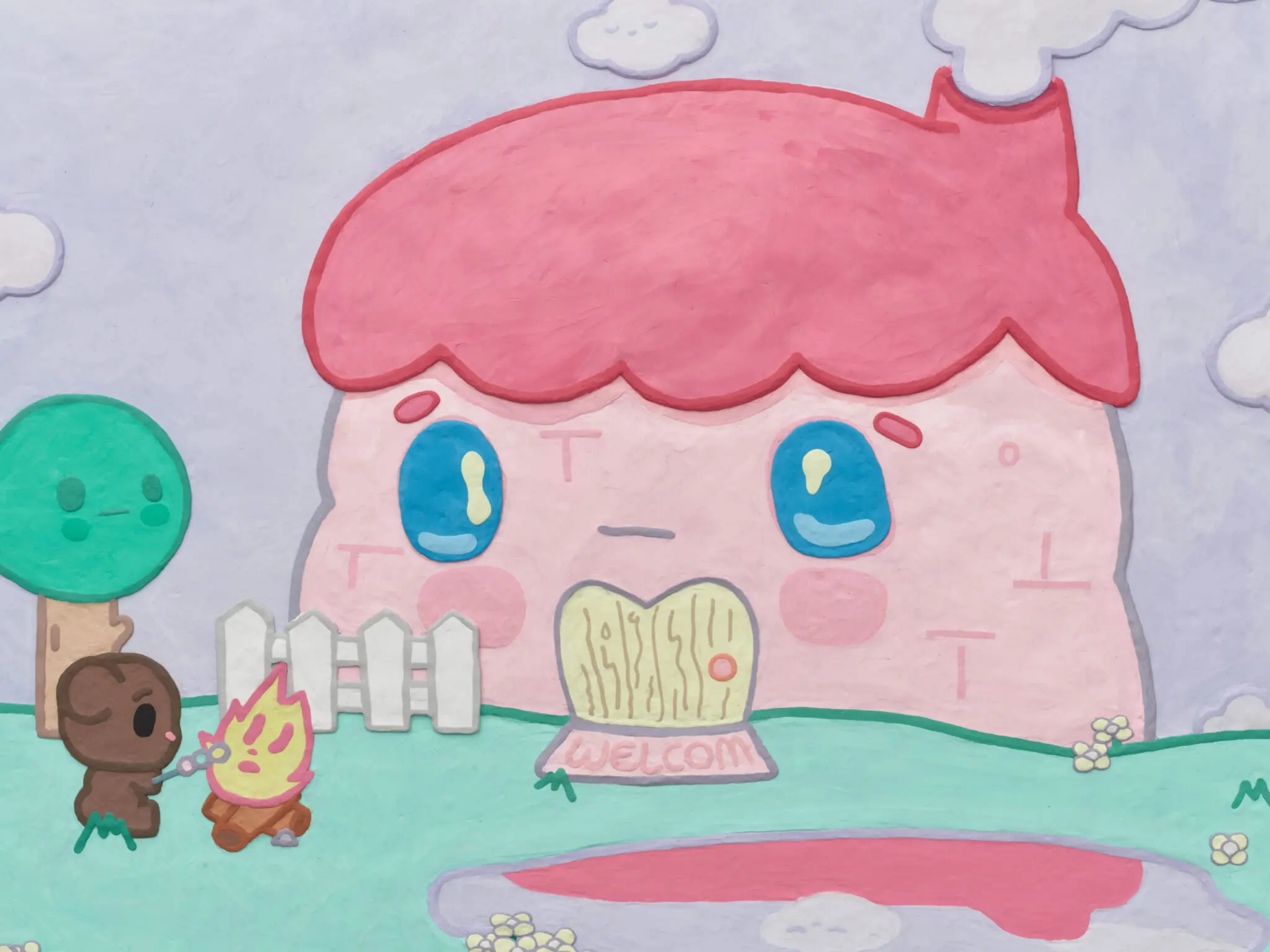
Sam, what was it like growing up in Florida?
Sam: It was a crazy environment because Florida is really a tough place to grow up. So it was really violent and insane, but that also fueled a lot of the magic that we work on now. We both experienced that hardship, with Tury growing up in Cuba, which is also a crazy place. It let us address the perspective of hope and child-like magic — truly thinking, through conceptual art, that we could save the world through idea generation or positive propaganda.
I read that you’re inspired by nature. How about in Japan?
Tury: Nature in Japan is my favorite. I love being in the woods there. It’s so magical and clean. Even the small towns are so dainty. Just getting back to the States a few weeks ago was jarring. The intensity of the United States, and the aggression, is so palpable, but you feel so safe in Japan. Here in the US everything is spiked, but in Japan everything is woven together.
That’s something that we try to do with our work, trying to bring humans together to have a shared experience. I feel like that’s part of the problem with this modern Western model — that individuality has become fetishized to the point that it has created loneliness, which we’re trying to combat somehow.
That’s part of our whole philosophy with the Book of Ocean. It’s decentering this belief system away from humans and putting more focus on nature. We find so much alignment with the whole ethos of Shintoism’s traditions and the animism that is so prevalent throughout Japanese culture. We always quote Studio Ghibli and the work of Hayao Miyazaki as one of our most crucial inspirations. He puts his ideas in a form of media that is able to infiltrate the world. I don’t even know if any modern artist could ever rival that. He and Alejandro Jodorowsky are some top inspirations for us.
This idea of trying to separate ourselves from nature is such a weird way of seeing the world, it’s very new. With this new project, we almost have this naturalistic, primitive way of centering us within nature, as opposed to objectifying it.
Sam: We’re calling it neo-naturalistic. We observe things like the ocean and the sun, but rather than approaching it by chanting like people might have done 1,000 years ago, we aim to make new rituals with all the new information, like the internet, that we have today, and provide medicine with kind and beautiful visuals that have depth and intention inside of them.
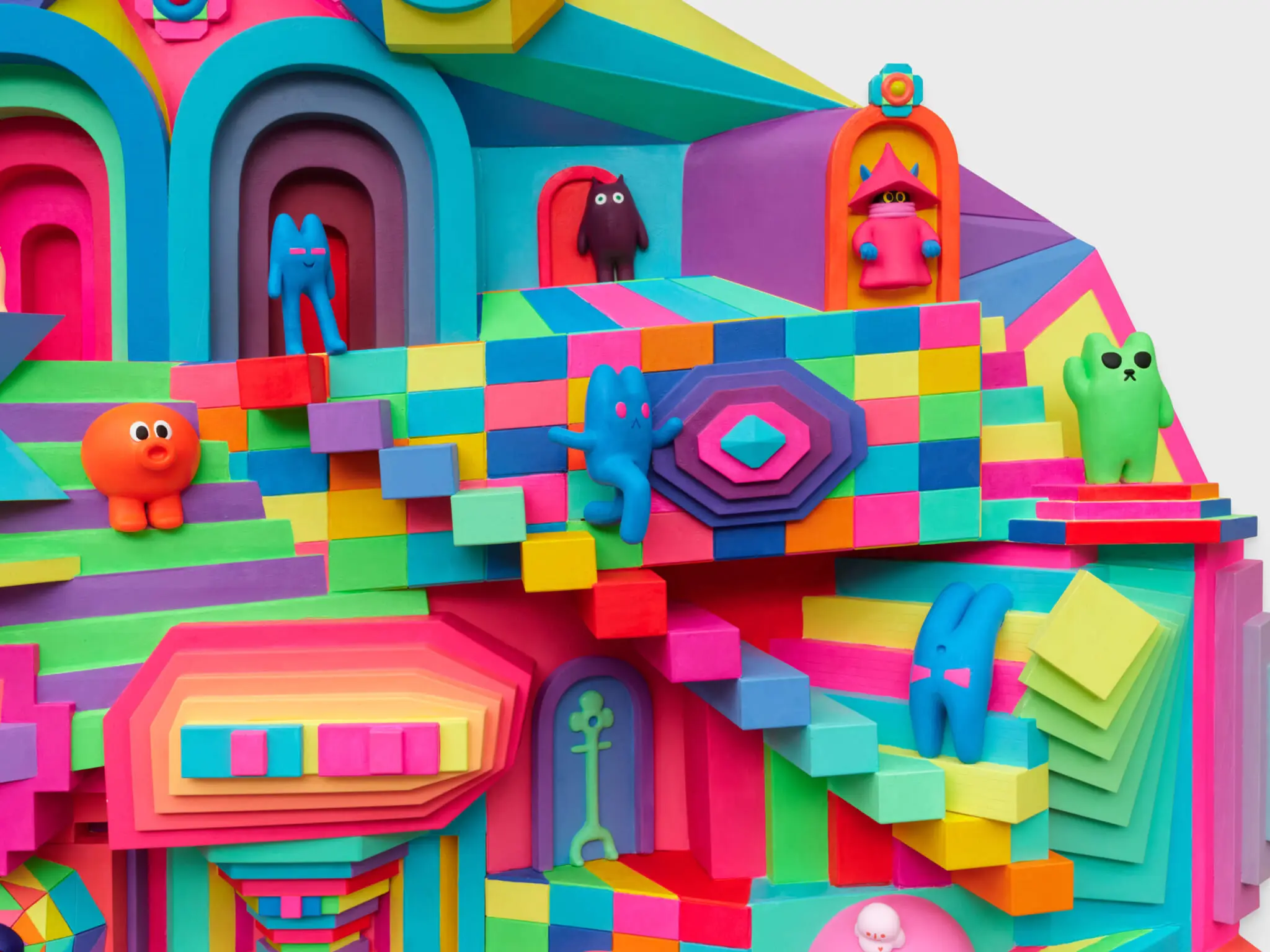
Tell me about the name, FriendsWithYou.
Sam: The essence of FriendsWithYou is about battling isolation, by harnessing the universe which is aiding and working for you. If you know that the universe has your back, you won’t make decisions that hold you back. We allow that in ourselves and in our art to really affect as many people as possible.
There are a lot of Japanese cartoon references in there like Doraemon and Totoro. Did you make this piece with Japan in mind?
Tury: It’s mainly just because we’re influenced by a lot of that media. Conceptually, a lot of mythologies have their own pantheon, so this is our modern mythology. Mickey or Doraemon are our own pantheon that we’ve recontextualized. We’re using cartoon language because those are the myths that were taught to us. We weren’t taught within a single pantheon of ideas and concepts, and there’s a mixture of mythology that we get through popular media, which can be overwhelming and confusing. This is us making a painting about that, to a degree.
Can you tell us about your use of colors?
Sam: We want to make things that are beautiful. If you see one of the main images of the exhibition, it’s based off a manga called Candy Candy. One thing we have put into Ocean: Temple of the Sacred Heart is the hyperconsumerism that happened in Japan, which came from the United States. Using bright colors helped relay messages by creating a simple, evocative emotional connection. So we’re making this connection, to feed the medicine of nature in a very beautiful, soft power kind of way.

Samuel Borkson and Arturo Sandoval in front of their installation
How do you decide on your different mediums? What is important when creating your art?
Tury: We’re not painters or sculptors; we’re conceptual artists. The overall goal of FriendsWithYou is more important than the medium. There are two camps of artists — one is more focused on the process of making and how the actual medium dictates or informs the process. For us, the conceptual part of our practice is a little more important. Some of our things could become very intense craft-wise, but we don’t want to just sit in the studio for 60 years because that’s just not that interesting to us. The message is more important.
We go from everywhere, from mass media, to animation, to digital art, traditional sculpture — we’ve done everything. We’re really trying to go the whole gamut out of the need to meet people.
To us, interaction with art is the most important part. The thing itself in isolation, who cares? Semantically speaking, the art happens when someone perceives the artwork. So, to us, it’s really about the actual consumption and the interaction between the artwork and the viewer. The participant and the group that is experiencing the artwork is more important than the object itself.
FriendsWithYou’s exhibition, “Ocean: Temple of the Sacred Heart” is on view at Parco, Shibuya until September 30.
